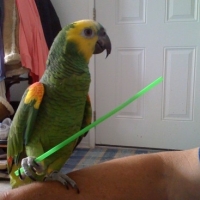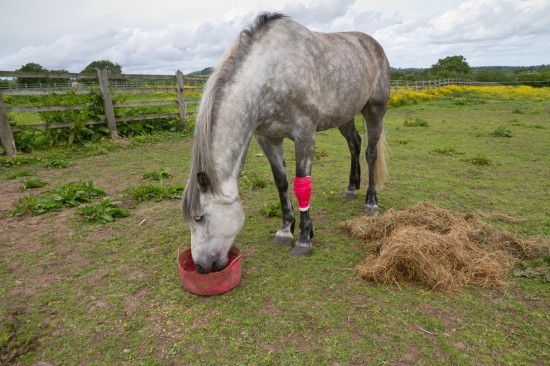Description: The Tibetan Spaniel has a domed head that is small, in comparison to the body. It has a short blunt muzzle. Teeth meet in an undershot or level bite. The nose is black. The eyes are medium but in keeping with the face and are set wide apart, these are oval in shape. The Tibetan Spaniel does not have extra skin around the eyes and this helps to tell the breed apart from the Pekingese. The ears hang down either side of the head to cheek level and are feathered. The neck is covered in a mane of hair, which is more noticeable in the dog of the breed. The front legs are a little bowed and the feet are hare-like. This dog has a great feathered tail that is set high and is carried over their back. This breed grows to 10 inches and the weight is 9-15 pounds. The coat is a silky double coat lying flat and is short and smooth on the face and leg fronts, it is medium in length on the body and has feathering on the ears, toes and tail. This dog can come in all colours and be solid, shaded and multi- coloured. Colour's that is seen is red, fawn, gold, white, cream, black and tan, black often there is white markings on the feet. The Tibetan Spaniels' life expectancy is 12-15 years.
History: This breed comes as the name suggests from Tibet. These dogs have descended from China and other Buddhist countries. This is an ancient breed with history going back over 2000 years. Eastern art dating to about 1100BC shows this dog. Most small Asian dogs can track back to the Tibetan Spaniel in their genetic pool. This dog was highly regarded in Tibets history and was given as a gift to royal houses which is how the Tibetan Spaniel spread throughout Asia. The dogs' job was to turn the prayer wheel for their master, as the master prayed. They were also used as watchdogs in the monasteries, sitting up on the high walls and warning the monks if they saw anything that they thought didn't fit with the life around them. The breed first went to England in the 1800's and then to America and were recognized by the AKC in 1983.
Temperament: The Tibetan Spaniel is clever and happy with great trusting abilities and makes a good family companion. This dog is intensely independent and is a wonderful watchdog. This dog is not a yappy dog but barks at intruders. This dog gets on well with all pets and is good with other dogs. This dog needs good leadership and can be hard to train so consistent training is very important. Give good house rules, and keep them. Like all dogs, this dog will be happy with boundaries and leadership of the owner. Without this the dog can get small dog syndrome, and here you will see a dog that has behavioural problems such as becoming snappy, dog aggressive and unable to be trusted with children. They can become stubborn and over protective, all this can be avoided by correctly handling the dog, with good leadership and rules to the home. This way you will see the best of this breed. This breed does need regular walks daily as it has got energy that needs to be used.
Health issues: The Tibetan Spaniel has only a few health issues and these are heat stroke and respiratory problems.
Grooming: This dog is easy to keep looking good by just regular brushing.
Living conditions: Here the Tibetan Spaniel is good for apartment life providing, they get daily exercise. This dog can live without a garden.

 7 Reasons Why Rabbits Are Eco-friendly Family Pets
7 Reasons Why Rab
7 Reasons Why Rabbits Are Eco-friendly Family Pets
7 Reasons Why Rab
 The Lovely Silver Tabby American Shorthair Cat
The Lovely Silver
The Lovely Silver Tabby American Shorthair Cat
The Lovely Silver
 The Reality Of Parrot Training
So you google parrot training because you have a pr
The Reality Of Parrot Training
So you google parrot training because you have a pr
 Dogs And Head Pressing - An Emergency Symptom You Shouldn’t Ignore
Dogs And Head Pre
Dogs And Head Pressing - An Emergency Symptom You Shouldn’t Ignore
Dogs And Head Pre
 What Is Ocd? How Does The Condition Affect Horses?
What Is Ocd? How
What Is Ocd? How Does The Condition Affect Horses?
What Is Ocd? How